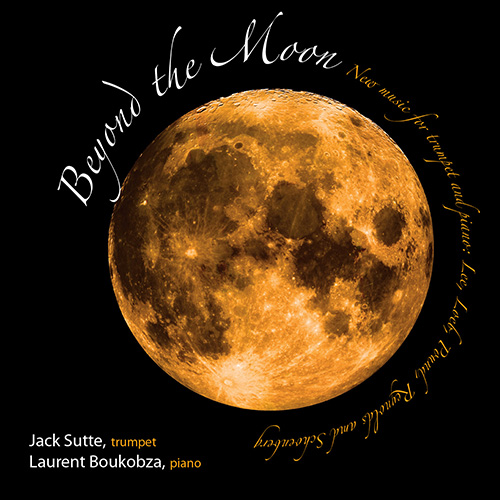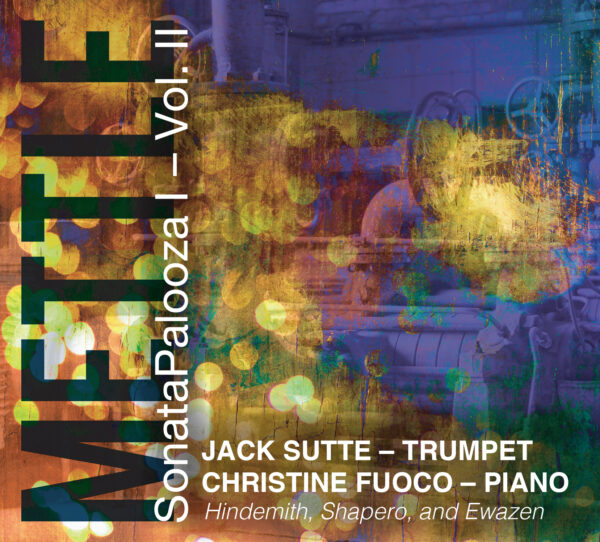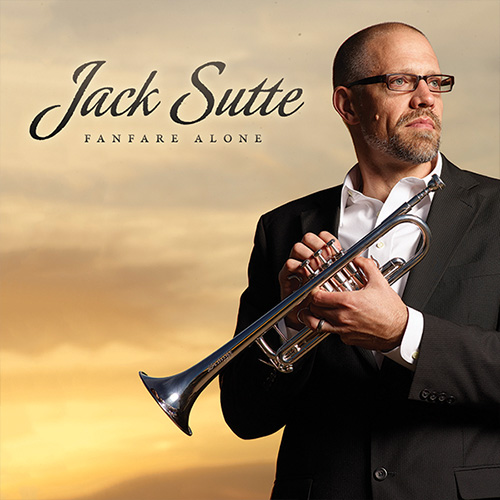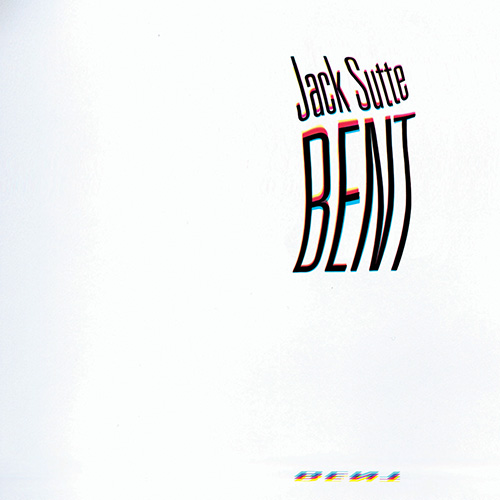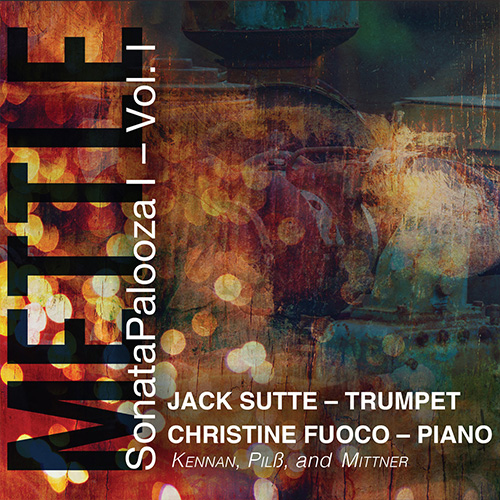Description
[et_pb_section fb_built=”1″ _builder_version=”4.7.4″ background_color=”#212121″ custom_padding=”0px||||false|false”][et_pb_row _builder_version=”3.25″ background_size=”initial” background_position=”top_left” background_repeat=”repeat” width=”100%” custom_padding=”0px||0px||false|false”][et_pb_column type=”4_4″ _builder_version=”3.25″ custom_padding=”|||” custom_padding__hover=”|||”][et_pb_wc_cart_notice _builder_version=”3.0.47″][/et_pb_wc_cart_notice][/et_pb_column][/et_pb_row][et_pb_row column_structure=”1_2,1_2″ _builder_version=”4.7.4″ background_size=”initial” background_position=”top_left” background_repeat=”repeat” width=”100%” custom_margin=”24px||||false|false” custom_padding=”0px||||false|false”][et_pb_column type=”1_2″ _builder_version=”3.25″ custom_padding=”|||” custom_padding__hover=”|||”][et_pb_wc_images _builder_version=”4.7.4″][/et_pb_wc_images][/et_pb_column][et_pb_column type=”1_2″ _builder_version=”3.25″ custom_padding=”|||” custom_padding__hover=”|||”][et_pb_wc_title _builder_version=”4.7.4″ header_text_color=”#FFFFFF”][/et_pb_wc_title][et_pb_wc_price _builder_version=”3.0.47″][/et_pb_wc_price][et_pb_wc_description _builder_version=”3.0.47″][/et_pb_wc_description][et_pb_wc_add_to_cart show_quantity=”off” _builder_version=”4.7.4″ custom_button=”on” button_bg_color=”#9f1717″][/et_pb_wc_add_to_cart][et_pb_wc_meta _builder_version=”3.0.47″][/et_pb_wc_meta][/et_pb_column][/et_pb_row][/et_pb_section]
